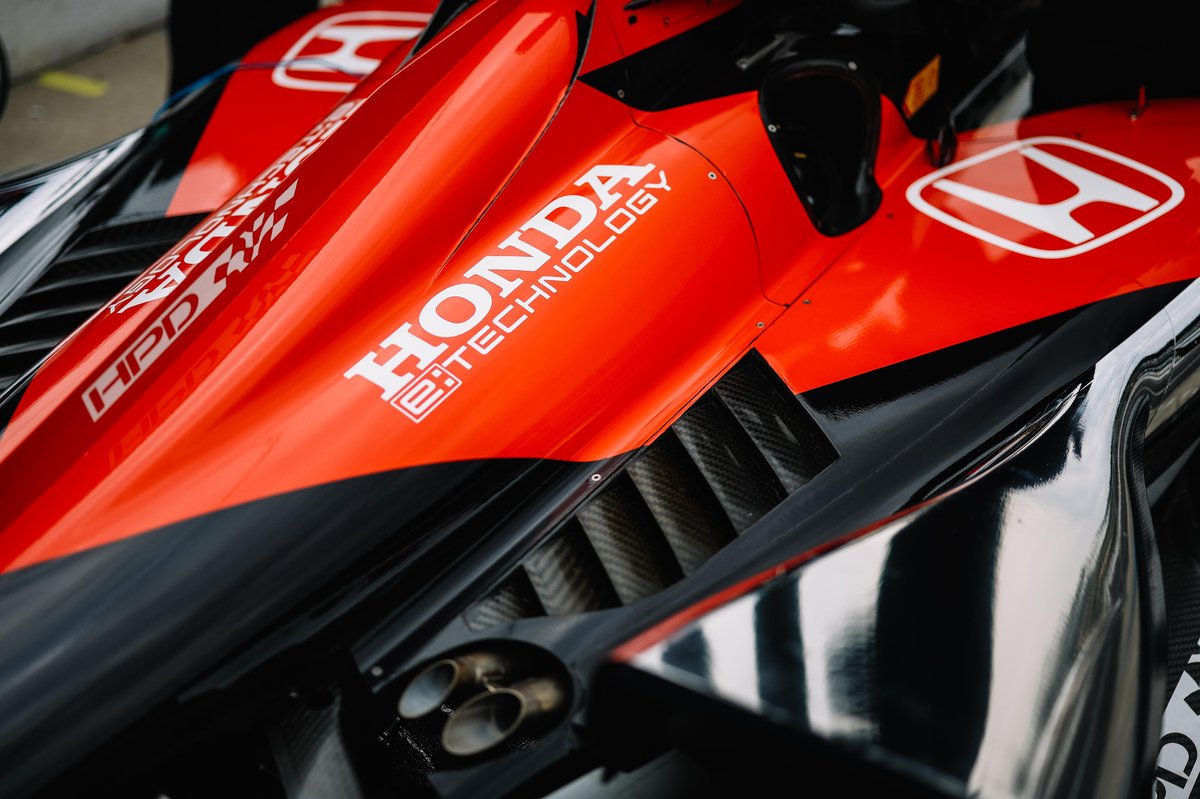
INDYCAR HYBRID POWER COULD REPLACE PUSH-TO-PASS
The much-anticipated race debut of IndyCar’s hybrid era begins this weekend as over 800 horsepower will be on display for the first time in the series in over two decades, which also marks the start of a plan to increase performance over the next few years and eventually replace push-to-pass entirely.
Mid-Ohio Sports Car Course will welcome an unprecedented midseason release of the hybrid engine, which was part of a collaborative effort between Chevrolet and Honda.
The current 2.2-litre, twin-turbocharged V6 internal combustion engine is paired with an electrical low voltage (48V) motor generator unit (MGU) and a 320 Kilojoules-per-lap supercapacitor energy storage system (ESS) to make up the first-of-its-kind hybrid unit. The power output in combination with IndyCar’s regularly-equipped push-to-pass boost adds a combined 120 horsepower to push the total output over 800 horsepower.
IndyCar President Jay Frye stressed that the initial focus will be on reliability before increasing the power, with the specifications of the hybrid made with the intention to leave room for growth.
“We've got nine races left in 2024. We'll bump this thing up in '25 and '26," said Frye.
"So there's a lot of runway to go with this project and this program. Yes, it's very robust where it's at starting in 2024, but there's definitely some runway in '25 and '26.”
While there has been talk through the early part of the season of supply issues with potential parts shortages, Frye dismissed any concerns moving forward.
“From a supply perspective, we're in good shape,” he added. “Obviously, you always want to be better, but I think we're in really good shape right now.”
Sting Ray Robb, Indianapolis Hybrid Testing
Photo by: Penske Entertainment
Frye also touched on the mixed reviews some drivers reportedly had on feeling the performance of the hybrid at last month’s series test at the Milwaukee Mile.
“From a performance standpoint, I think we've mentioned this weekend with the push-to-pass hybrid unit, they'll be pushing close to 120 horsepower, which is legit,” Frye said. “That's a lot of horsepower, obviously.
“Going on the ovals, they won't have push-to-pass, obviously, but it should definitely make a difference. … We've put all this technology in the drivers' hands. There are multiple ways for them to use it. So if someone is feeling it on ovals and others are not, maybe they need to do it a different way, possibly.
“Again, it was important that the drivers have a big input in this, and I think over the next couple years they'll have even more.”
When asked by Autosport about the trajectory of growth over the next few years, Frye shared the potential horsepower range the hybrid unit could go up to while also noting a plan for it to potentially replace push-to-pass - a boost system that was first introduced in 2009.
“It's around 60 horsepower now,” Frye said of the hybrid output. “It has the potential to get up more in the 150-ish range, I guess, so there will be a natural progression over the next couple years to get it more towards that, I guess would be the best way to look at it.
“There could even be a certain point where it completely replaces push-to-pass, where it gets to a certain point where it's a big enough, robust enough system that we would just have the hybrid system and eliminate push-to-pass.”
2024-07-05T13:58:56Z dg43tfdfdgfd